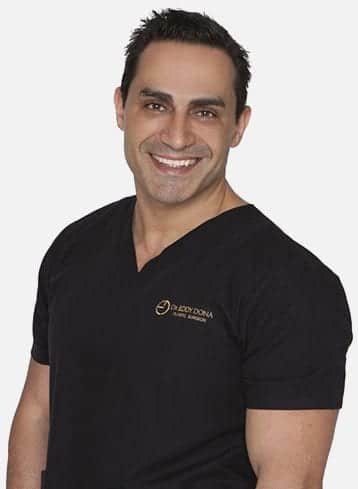Tummy Tuck (Abdominoplasty) vs Liposuction
Thu 9th Jun 2022
The tummy is one of those areas that are prone to developing stubborn fat that you might find difficult, or even impossible, to lose through diet and exercise alone. Patients may seek to undergo a Tummy Tuck (Abdominoplasty) and or Liposuction to address loose skin, weak muscles or excess fat that appears resistant to weight loss.
This article explores how Liposuction and Tummy Tuck surgery can alter the overall the abdomen in different ways.
What is Liposuction?
Liposuction, commonly referred to as Lipoplasty or Liposculpture, is a type of cosmetic surgery that removes fat deposits from under the skin. During the Liposuction procedure a liposuction cannula (small tube-like instrument) is inserted into the region of interest via a small incision (approx. 5mm in length). The cannula is attached to a suction device that is operated by the surgeon to break up the fat cells. The dislodged fat is then suctioned out of the body. Before completing the liposuction, the remaining fat is then treated in a manner to help smoothen out the treated area. The number of small skin incisions required to complete the liposuction will depend on how many areas of fat reduction is being performed. Common areas that liposuction targets include the abdomen, flanks, thighs, arms, buttocks and under the chin.
What is a Tummy Tuck (Abdominoplasty)?
There are a number of different variations of a Tummy Tuck (Abdominoplasty), you can read more about the Tummy Tuck procedure and its different variations on our Tummy Tuck procedure page.
Standard Tummy Tuck (Abdominoplasty)
Tummy Tuck, also called Abdominoplasty, is a surgical procedure that is designed to address concerns with the tummy that diet and exercise cannot achieve alone. The procedure tightens the abdominal muscles, removes excess skin and lifts the pubic area. The standard abdominoplasty results in one horizontal scar running from hip to hip below a standard bikini line, and one scar within your belly button.
Fleur De Lis Tummy Tuck (Abdominoplasty)
The Fleur De Lis Tummy Tuck (Abdominoplasty), is a more complex and extensive surgical procedure than a traditional Tummy Tuck (Abdominoplasty) procedure.
Compared to the standard Tummy Tuck (Abdominoplasty), the Fleur De Lis technique can remove significantly larger amounts of excess skin and is common with patients following substantial weight loss. The Fleur De Lis Tummy Tuck (Abdominoplasty) will leave a curved scar horizontally running hip to hip, as well as a vertical scar running down the middle of the abdomen – an ‘inverted T’ scar.
Open Book Tummy Tuck (Abdominoplasty)
Same scar pattern as the Fleur De Lis Tummy Tuck (Abdominoplasty), but with an additional horizontal scar running across the lower chest along the lower breast fold. The midline abdominal scar joins both lower and upper horizontal scars. This technique allows even more excess skin to be removed, especially when it exists along the upper outer abdominal wall.
Mini Tummy Tuck (Abdominoplasty)
A Mini Tummy Tuck (Abdominoplasty) surgery involves a smaller incision and is suitable for women who only have a minimal amount of excess skin and/or scarring just above the pubic region. A Mini Tummy Tuck (Abdominoplasty) cannot address the upper abdominal area, typically avoids separated abdominal muscles (diastasis recti) and the belly button stays in place. The scar is similar to a caesarean scar. A Mini Tummy Tuck is less invasive than a Standard Abdominoplasty or larger versions such as the Fleur De Lis Tummy Tuck (Abdominoplasty) and Open Book Tummy Tuck (Abdominoplasty).
Tummy Tuck (Abdominoplasty) vs Liposuction
A Tummy Tuck (Abdominoplasty) removes excess skin with the associated fatty tissue and repairs abdominal muscles, while liposuction exclusively removes fat. Therefore, liposuction and abdominoplasty serve a completely different purpose.
For patients with stubborn pockets of excess fat who have firm, elastic skin and a flat abdominal wall, liposuction is the treatment. However, if a patient has loose abdominal skin or an overstretched abdominal wall, then liposuction alone is not ideal. Liposuction performed on an area with very loose or stretch mark affected skin, will see an increase in laxity and looseness in the skin. In this case, a Tummy Tuck (Abdominoplasty) might be recommended to address the primary concern which is the excess skin. In addition, a Tummy Tuck (Abdominoplasty) typically involves muscle repair which liposuction does not.
How Liposuction is performed
The exact procedure is contingent on the liposuction technique used but, generally speaking, the procedure involves:
- Injecting the area to be treated with a saline solution containing adrenaline and a local anaesthetic.
- Inserting a liposuction canula into the area to break up the fatty tissue
- Suctioning out the fatty tissue
- Using the canula again to help smoothen the treated area.
- Several skin incisions may be required for larger areas of liposuction.
- The procedure may take from 1-3 hours, depending on the size of the area being targeted and the amount of fat to be removed.
- In some cases, liposuction is performed alone. In other situations, it is combined with other surgeries such as a Breast Reduction or Tummy Tuck (Abdominoplasty).
How a Tummy Tuck (Abdominoplasty) is performed
Please go to our dedicated webpage to LEARN MORE.
- The Tummy Tuck (Abdominoplasty) procedure will vary depending on the technique used, but the following are some of the critical steps involved in most Tummy Tucks (Abdominoplasty):
- Excising a large wedge of skin along the lower abdominal wall
- Tightening and repairing the rectus muscles
- Lifting up the pubic area
- Modifying the appearance of the belly button
- As a minimum, you will have one horizontal scar from hip to hip below concealed within your underwear, and a small scar within your belly buton
- The procedure may take from two – five hours, depending on the complexity of the procedure.
Liposuction vs Tummy Tuck (Abdominoplasty) Recovery
While liposuction is surgery and does require a recovery period, compared with a Tummy Tuck (Abdominoplasty), the recovery process is typically faster. Most liposuction patients experience mild to moderate pain for the first 48hours after surgery and then can return to the office within a week or so. On the other hand, a Tummy Tuck (Abdominoplasty) patient typically experiences considerable swelling, bruising and pain during the first week of recovery and should expect recovery to take up to six weeks. In both situations, heavy weightlifting and extensive cardio should be avoided until given approval from your surgeon.
Can I have a Tummy Tuck (Abdominoplasty) and Liposuction in the same procedure?
Dr Dona often combines liposuction with a Tummy Tuck (Abdominoplasty), however both procedures serve different purposes. The primary objective of liposuction is to remove stubborn pockets of fatty tissue, while the purpose of a Tummy Tuck (Abdominoplasty) is to tighten loose muscles, eliminate loose skin and the associated fatty tissue. For the right patient, both procedures complement each other.
By combining these procedures, your surgeon can eliminate exercise-resistant fat whilst at the same time excising loose skin and repairing muscle.
Possible Complications of a Tummy Tuck (Abdominoplasty)
Go to our relevant webpage to LEARN MORE.
Some of the risks associated with Tummy Tuck (Abdominoplasty) surgeries are:
- Persistent pain or discomfort
- Allergic reaction to the medicines administered
- Numbness or changes in skin sensation
- Superficial vein clots which is a complication of the cannula or drip that’s placed in your vein
- Deep vein clots that can potentially spread to the lung and be life-threatening.
- Fatty tissue that has its blood supply disrupted by the surgery may start to die and cause lumps to form under the skin (fat necrosis)
- Wound issues and excessive bleeding
- Raised, discoloured scars (keloid or hypertrophic scars)
- Heart or Lung issues
- Death. Whilst the chances of death during abdominoplasty is exceedingly rare, any of the previous issues can result in this devastating complication
Possible Complications of Liposuction
Go to our dedicated liposuction webpage to LEARN MORE.
Dr Eddy Dona has been a specialist plastic surgeon since 2007, and is a member of the Australian Society of Plastic Surgeons. From your first clinic visit, and throughout your surgical journey, Dr Dona and his team will be there to make it as smooth as possible.
Get in touch with our clinic to request a consultation with Dr Eddy Dona

Dr Eddy Dona (FRACS) is a Specialist Plastic Surgeons in Sydney, and a member of the Australian Society of Plastic Surgeons (ASPS). Following his medical degree at the University of Sydney in 1996, Dr Dona then began a further 11 years of intensive training to become a Specialist Plastic & Reconstructive Surgeon.
Since starting private practice in 2007, Dr Dona has had patients from all over Australia seeking his expertise and specialist management. Dr Dona’s practice has grown and become heavily focused on breast and body reconstructive procedures, especially after massive weight loss including post-pregnancy.
Despite running a busy private practice, Dr Dona spent the first 15 years of his specialist practice dedicating part of his time to one of Sydney’s largest teaching public hospitals, including training future plastic surgeons. This was where Dr Dona was often required to reconstruct the bodies of those affected by trauma and cancer.




